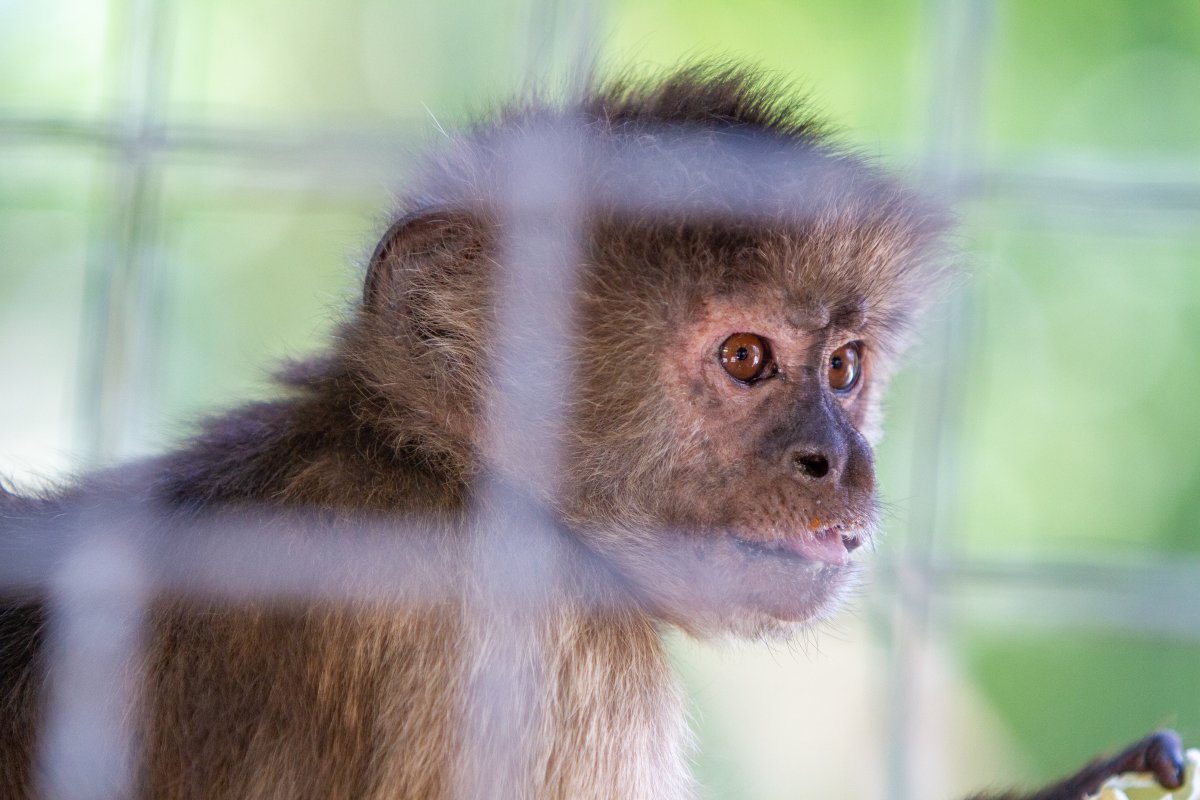Researchers have made a significant breakthrough in creating new embryos in monkeys from stem cells, rather than sperm and egg cells. Known as “synthetic embryos,” they could potentially be implanted into the uterus of adult animals and develop into fetuses in the future. The team led by Zhen Liu from the Chinese Academy of Sciences, who published their findings in the journal Cell Stem Cell, started with embryonic stem cells and, after several generations, were able to develop them into blastoids that look like early embryos called blastocysts.
After the blastoids grew in a Petri dish for seven days, the researchers analyzed over 6000 individual cells to see how similar they were to typical embryos. The results showed great similarities, leading to their implantation into the wombs of eight adult monkeys each. The team observed the blastoids for three weeks and found successful implantation and formation of a yolk sac in three of the monkeys, indicating pregnancy.
However, the experiment had a low success rate, and some scientists have called for further evidence to determine the embryo-like structures’ true nature. The research is crucial in shed light on the earliest stages of embryonic development in monkeys, as it could help in understanding human pregnancy and infertility better.
Although scientists may produce an unlimited number of blastoids without relying on animal embryo donors and test them for drugs further. But recently published guidelines suggest that human blastoids can’t be tested beyond 14 days after fertilization in the laboratory and never implanted in humans or other animals.
As technology progresses, researchers continue to make significant advancements, and the laws need to keep up to ensure that we don’t press ahead too quickly. While the idea of creating human beings from stem cells is a possibility, it is too early for such breakthroughs.



